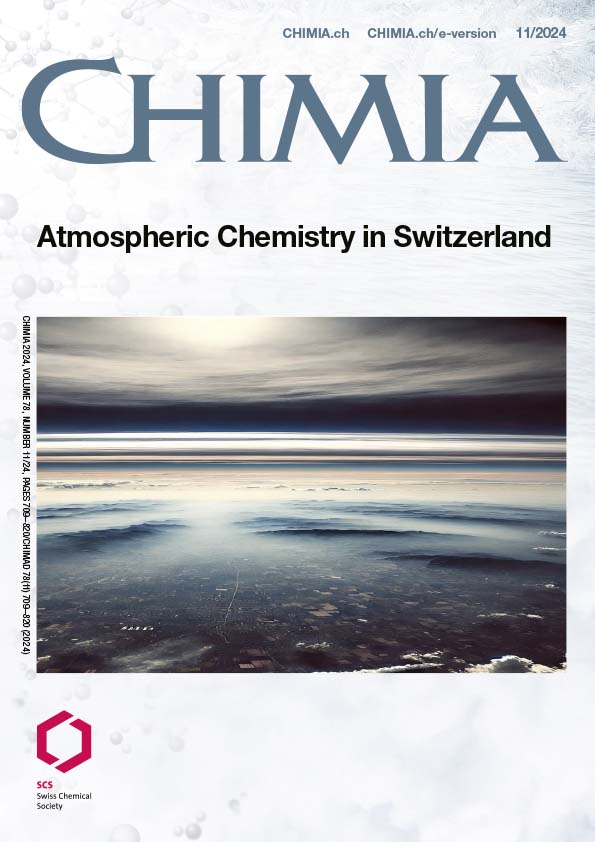Fine Particle pH and Sensitivity to NH3 and HNO3 over South Korea During KORUS-AQ
DOI:
https://doi.org/10.2533/chimia.2024.762PMID:
39618278Keywords:
Aerosol acidity, Ambient measurements, Nitrate, ThermodynamicsAbstract
Using a new approach that constrains thermodynamic modeling of aerosol composition with measured gas-to-particle partitioning of inorganic nitrate, we estimate the acidity levels for aerosol sampled in the South Korean planetary boundary layer during the NASA/NIER KORUS-AQ field campaign. The pH (mean ± 1σ = 2.43±0.68) and aerosol liquid water content determined were then used to determine the ‘chemical regime’ of the inorganic fraction of particulate matter (PM) sensitivity to ammonia and nitrate availability. We found that the aerosol formation is always sensitive to HNO3 levels, especially in highly polluted regions, while it is only exclusively sensitive to NH3 in some rural/remote regions. Nitrate levels are further promoted because dry deposition velocity is low and allows its accumulation in the boundary layer. Because of this, HNO3 reductions achieved by NOX controls prove to be the most effective approach for all conditions examined, and that NH3 emissions can only partially affect PM reduction for the specific season and region. Despite the benefits of controlling PM formation to reduce ammonium-nitrate aerosol and PM mass, changes in the acidity domain can significantly affect other processes and sources of aerosol toxicity (e.g. solubilization of Fe, Cu and other metals) as well as the deposition patterns of these trace species and reactive nitrogen.
Funding data
-
Langley Research Center
Grant numbers NNX16AE19G;NNX15AT96G;80NSSC19K0124;NNX15AT97G -
H2020 Excellent Science
Grant numbers 726165 -
Schweizerischer Nationalfonds zur Förderung der Wissenschaftlichen Forschung
Grant numbers 192292
Downloads
Published
Issue
Section
License
Copyright (c) 2024 Ifayoyinsola Ibikunle, Andreas Beyersdorf, Pedro Campuzano-Jost, Chelsea Corr, John D. Crounse, Jack Dibb, Glenn Diskin, Greg Huey, Jose-Luis Jimenez, Michelle J. Kim, Benjamin A. Nault, Eric Scheuer, Alex Teng, Paul O. Wennberg, Bruce Anderson, James Crawford, Rodney Weber, Athanasios Nenes

This work is licensed under a Creative Commons Attribution 4.0 International License.







